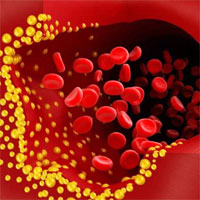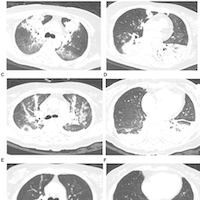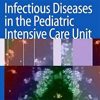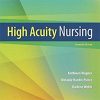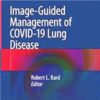Acute Hyperglycemic Emergencies
journals.lww.com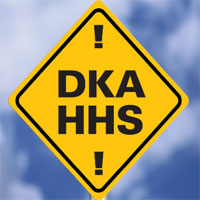
As diabetes prevalence increases in the US, critical care nurses need to be familiar with the acute hyperglycemic emergencies they may encounter in the ED or ICU. This article focuses on the diagnosis of, various treatments for, and nursing considerations associated with two acute hyperglycemic emergencies: diabetic ketoacidosis and hyperosmolar hyperglycemic state. Patient self-management is key to prevention and requires thorough patient education efforts. Treating acute hyperglycemic emergencies is complex and costly. The best approach is prevention. Help patients prevent complications associated with diabetes and hospital readmissions with thorough patient-teaching efforts to ensure competent self-management after hospital discharge. Increased gluconeogenesis, glycogenolysis, and inadequate utilization of glucose by the body results in hyperosmolar hyperglycemic state (HHS). There are three interrelated factors associated with HHS: insufficient insulin that leads to hyperglycemia and glycosuria, impaired kidney function that exaggerates the hyperglycemia and hyperosmolality, and impaired cognition that results in a decrease in free water intake by the patient. The combination of these factors leads to dehydration and HHS.

